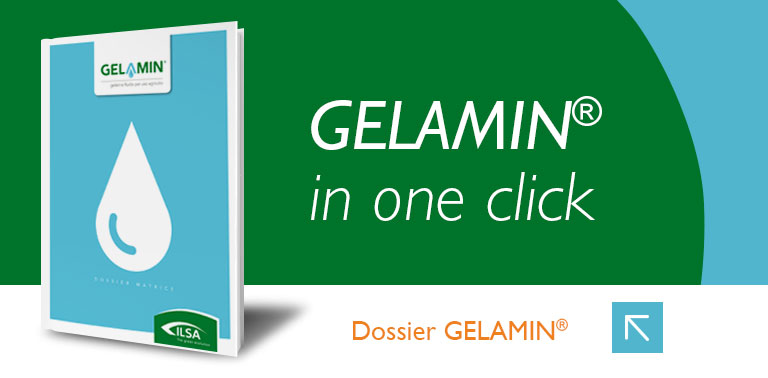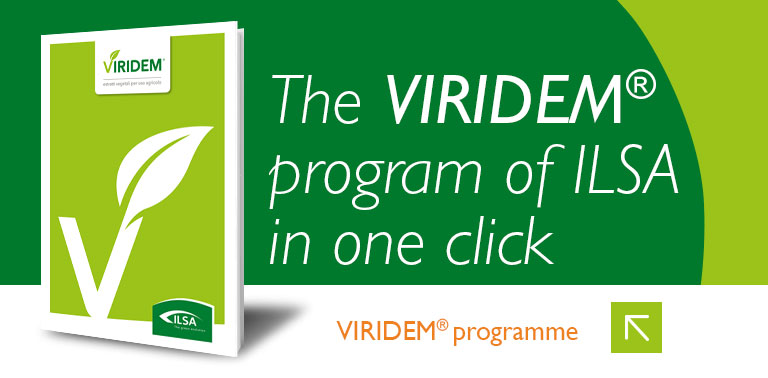NPK 8.6.14
20% AGROGEL®
PROFESSIONAL NPK is a NPK organo-mineral fertilizer whose nutrient ratio fits the needs of the meadow.
Each granule contains uniformly protein nitrogen, phosphorus and potassium.
- The slow natural release stimulates homogeneous growth and reduces leaching losses.
- The microgranular formulation ensures distribution homogeneity.
The use of PROFESSIONAL NPK maintains the balance between species.
COMPOSITION
-
Total Nitrogen (N) 8 %
- Of which: Organic Nitrogen (N) 2 %
- Ammoniacal Nitrogen (N) 4 %
- Ureic Nitrogen (N) 2 %
- Total Phosphorus Pentoxide (P2O5) 6 %
- Water soluble Potassium oxide (K2O) 14 %
- Total Magnesium oxide (MgO) 2 %
- Water soluble Sulfur trioxide (SO3) 20 %
- Water soluble Boron (B) 0,01 %
- Total Iron (Fe) 0,5 %
- Total Zinc (Zn) 0,01 %
- Organic Carbon (C) 7,5 %
Doses and methods of use of the fertilizer
-
Greens and Nurseries
-
LawnsCheck the periodMarch 4 kg/100 mq,
May 3 kg/100mq,
September 4 kg/100 mq, November 8 kg/100 mq -
Ornamental and Floral CropsCheck the periodMarch 5 kg/100 mq,
May 8 kg/100 mq,
September 10 kg/100 mq,
October 15 kg/100 mq -
Playing FieldsCheck the periodMarch 8 kg/100 mq,
May 6 kg/100mq,
September 8 Kg/100mq,
November 12 kg/100mq -
Public ParksCheck the periodMarch 10 kg/100 mq,
May 15 kg/100 mq,
September 15 kg/100 mq,
October 20 kg/100 mq
-
Dosages are purely indicative and may vary depending on pedoclimatic conditions and average yields expected.















.png)
















